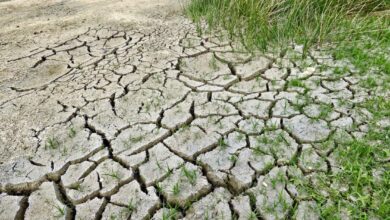Kenya
Kenyan Government Orders Closure Of Dadaab, Kakuma Refugee Camps

The Kenyan government on Wednesday gave two weeks’ time to the United Nations refugee agency- UNHCR- to come up with a plan to close refugee camps in the country that host hundreds of thousands from war-torn neighboring nations, reported Africa News.
The Dadaab and the Kakuma refugee camps located in the northern part of Kenya together host over 410,000 people. Most of the refugees were driven from their country due to civil war, according to the United Nations.
The Kenyan government first announced its intention to close the Dadaab camp, which is closer to the border with Somalia than Kakuma, back in 2016, citing national security concerns.
The call for closure of the refugee camp came on the back of intelligence reports that claimed that two attacks on Kenyan targets in 2013 and 2015 took place with the involvement of elements in the camps. The high court, however, blocked the plan, calling the move as unconstitutional.
On Wednesday, Kenyan Interior Minister Fred Matiang’i gave the UNHCR 14 days to draw up a plan for the closure of both Dadaab and Kakuma. He added that the government is not willing to have any further talks on the issue.
UNHCR urged Kenya to ensure that people who are in need of protection continue to get it. It vowed to keep engaging in a dialogue.
The UN refugee agency said that the closure decision would have a great impact on the protection of refugees in Kenya, especially during the ongoing COVID-19 pandemic.
Kenya’s move comes as the country’s political equation with Somalia has worsened after Mogadishu cutting diplomatic ties with Nairobi last year, accusing it of interfering in its internal affairs.
The two countries are also standing against each other at the International Court of Justice over a maritime boundary dispute. Last week, the Kenyan government boycotted the hearing of the case.




